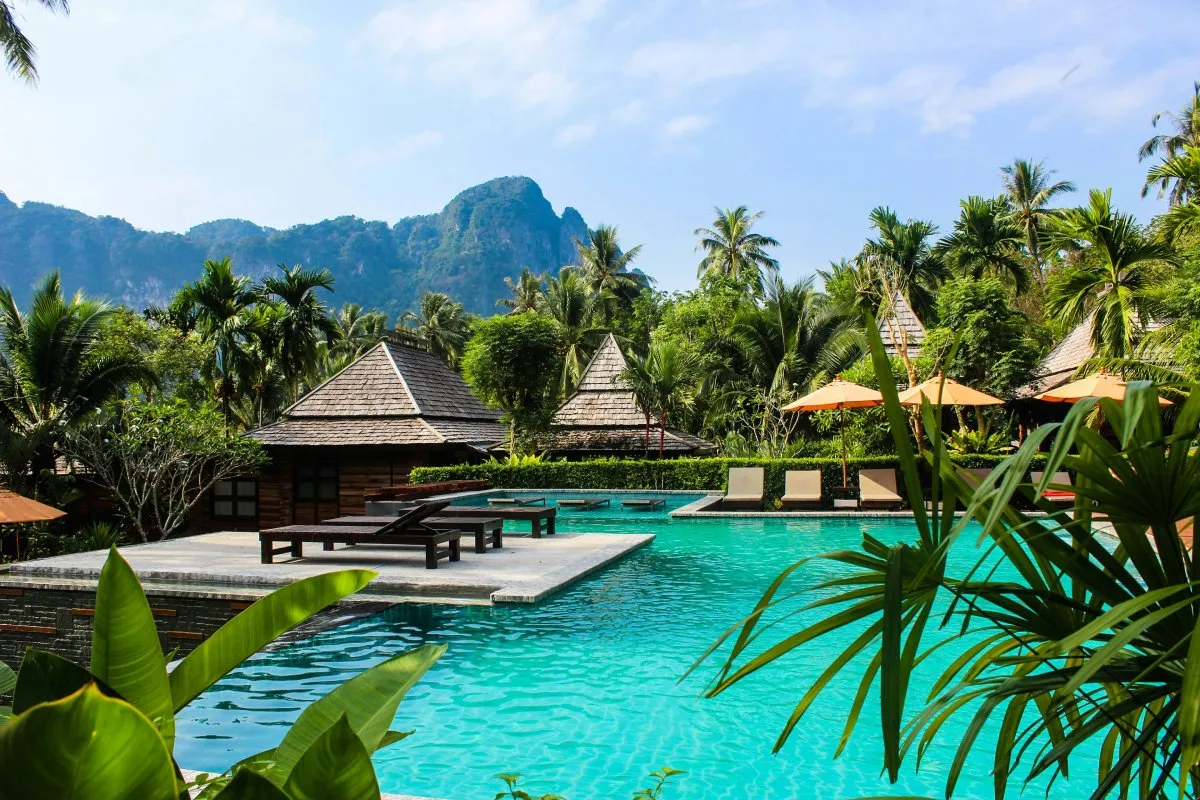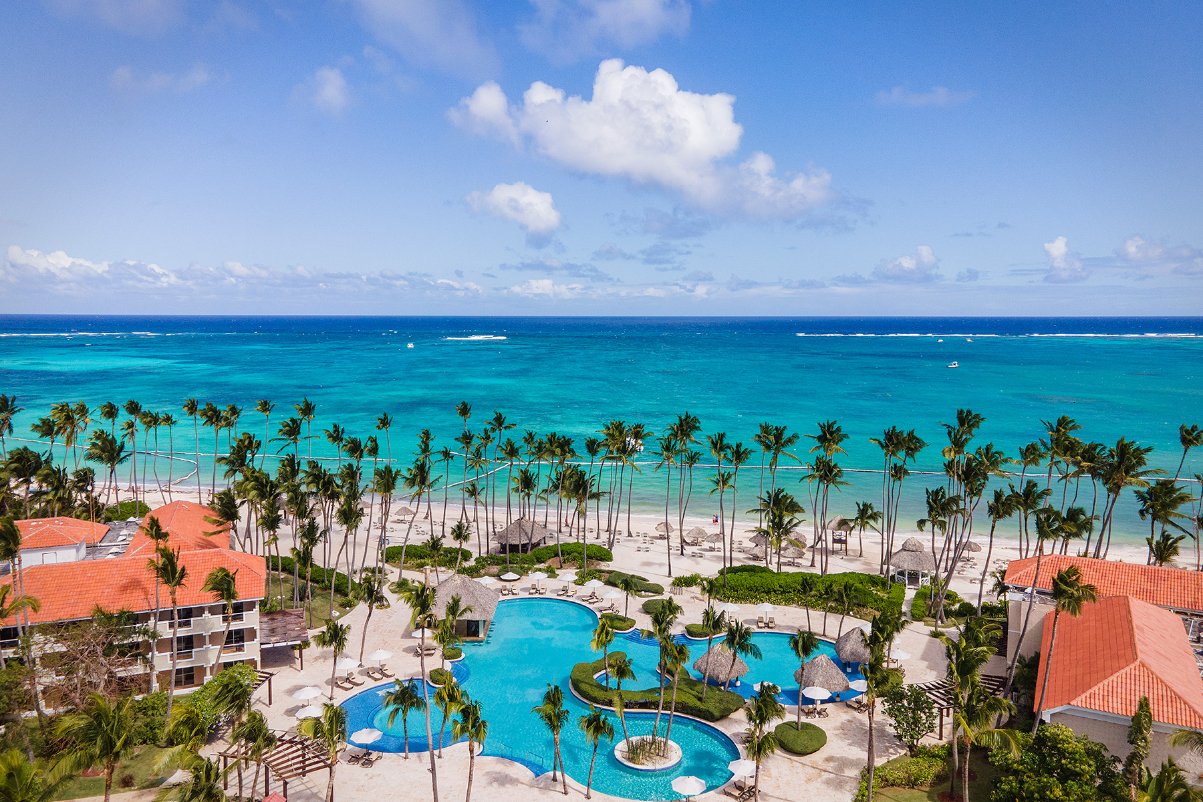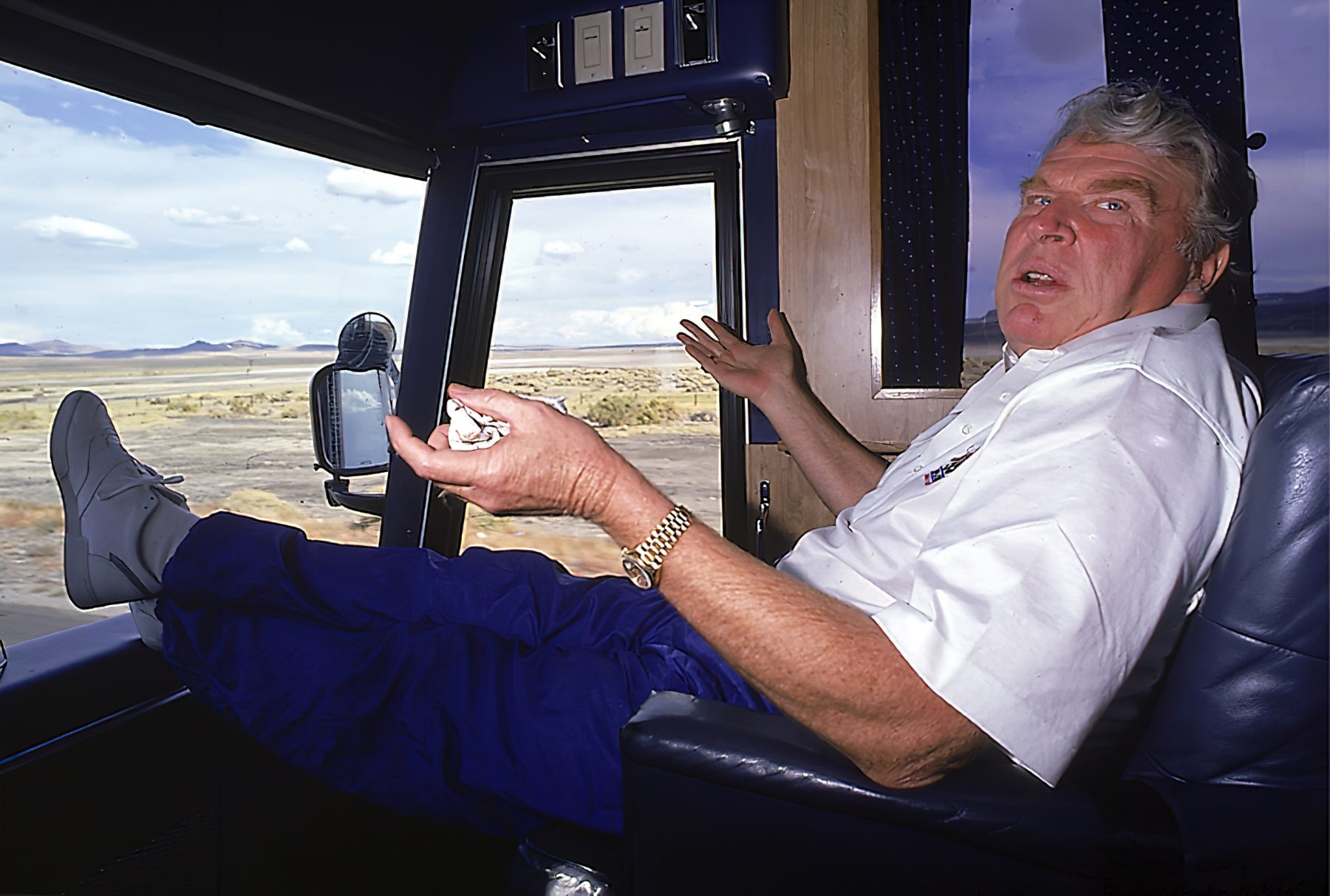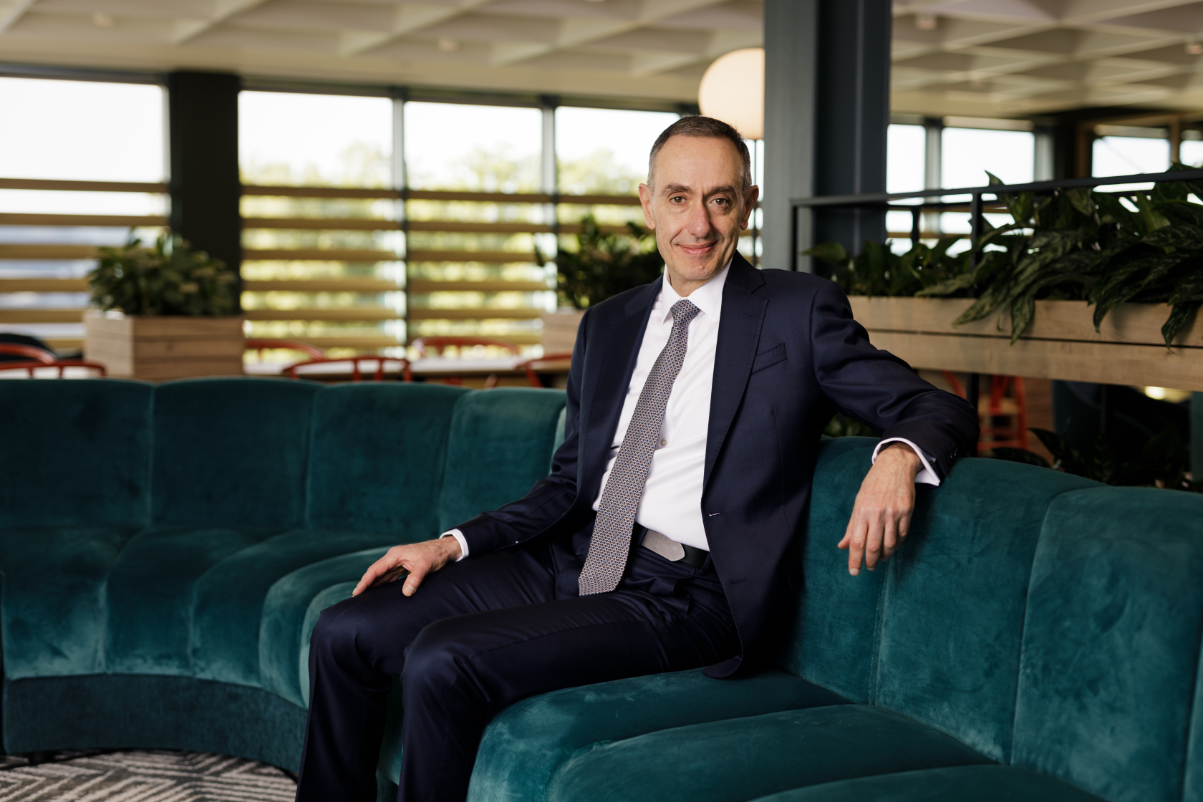Interview: AmaWaterways' CEO on River Cruising and the New Active Cruiser
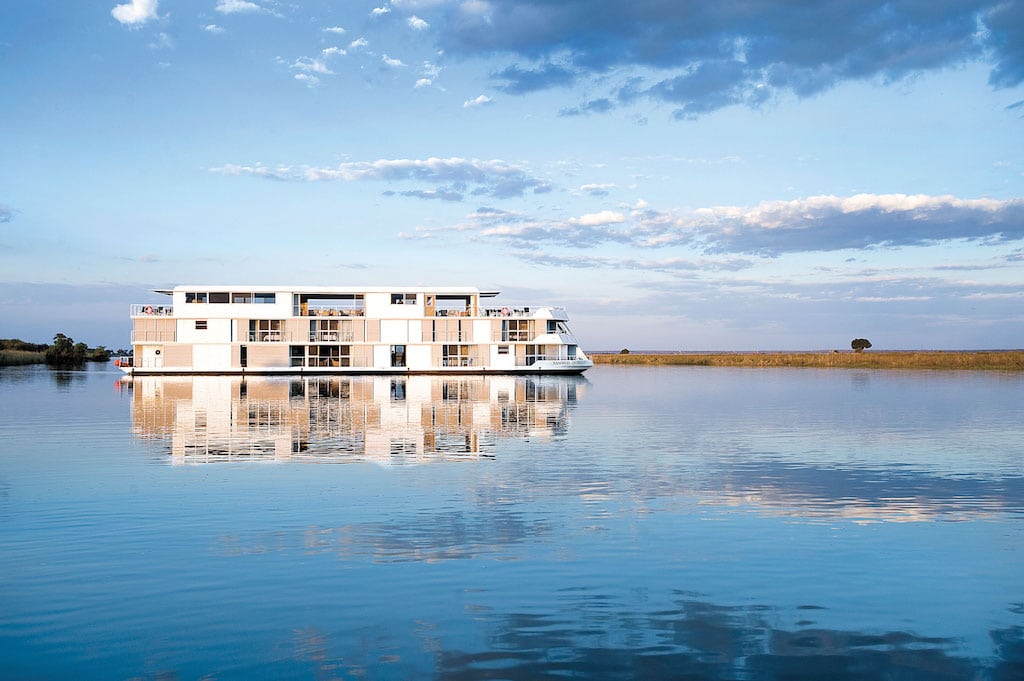
Skift Take
Europe's rivers are more crowded than ever with cruise ships. And in the midst of an unprecedented growth in demand for river cruising, river cruise lines are tailoring experiences for a new breed of active traveler.
AmaWaterways founder and CEO Rudi Schreiner says that river cruisers now want a more participatory lifestyle experience on their vacation, instead of the tried and true in-destination tours of the past.
Schreiner, who co-founded AmaWaterways in 2002 and was one of the original innovators in the river cruise space with Uniworld Boutique River Cruises in the '90s, spoke with Skift about how consumer expectations have shifted how his team designs the cruising experience.
Skift: AmaWaterways has been building new ships, along with the rest of the river cruise industry. But can you talk about what you're doing onboard in terms of experiences and onshore in terms of excursions?
Schreiner: Every year we're adding two ships in Europe and maybe one elsewhere. This year we started our partnership with Backroads to provide guided bicycle tours, which have been very successful. Our Adventures by Disney partnership will start next summer on the AmaViola, they've pretty much sold out all their departures; they'll have seven departures in 2016 and will expand from the Danube to the Rhine as well in 2017.
It's become a very active environment. We're also creating adjoining cabins on the Disney ships, to accommodate family cruises. We now operate at least two or three guided bicycle tour cruises per week. In a city like Vienna, you have several options. You can go on the regular city tour or take a bicycle tour, and both are included. The active tours are become very popular; more and more choices to meet the individual needs of each traveler. On the same note, next year we have more than 40 wine cruises for more than 6,000 passengers. It brings out a much younger age group for us, many of them are in their 40s and 50s.
Skift: Do you see these more active products as an overall trend in the river cruising space? Are these new cruisers, or more experienced cruisers who just want something different?
Schreiner: There was always an assumption that river cruising is for old people who sit on the ship and watch the scenery go by. But there is this other side of the experience that is really focused on the destination. You wake up every morning in a new city, and you go do things. You want to see a lot.
When we launched our first built ship in 2006, we already had 25 to 30 bicycles onboard for more active cruisers. Also, a lot of smaller cities we visit don't have the size for bus transportation; you have to walk to access the attractions. We have slow, medium and active paced walking tours. Today more people from the U.S. and Canada want to be active.
There's also been a change in trip length that contributes to this. We get more and more seven-night cruises with a couple night land extensions. Years ago when we started out it was about 90 percent 12- and 14-night cruises. Now we're at a point where we're 95 percent seven-night cruises.
Skift: Does having a younger, more active cruiser onboard make them more likely to bring their kids along? I'm thinking of your partnership with Adventures by Disney, in particular.
Schreiner: We see more kids during the summer months, during the school holiday. Especially the season once the Christmas vacations start, as well. We get large extended families onboard then, otherwise you don't really see them onboard. Disney's departures are during those times, July to September departures and some around Christmas. We'll see how it's going from there, but overall we are more focused on pushing the active elements of our trips than the family aspect.
Skift: Despite the continued growth of river cruising, there are still problems with low river water levels in Europe affecting cruising. How did you deal with historically low water levels this year?
Schreiner: This year was once again one of the worst years in terms of low water levels in Europe. Since July water has been low on the Rhine and the Danube. We were fortunate that we didn't have to cancel a cruise. This is one of my biggest concerns; ships are built for water, and low water doesn't come back so quickly. We get a lot of phone calls from guests about how we handle it. I was on the Rhine cruising from Amsterdam to Basil, and I really didn't see too many other ships out there. It's something I'm very cautious about, we need to make sure we can still cruise when other ships are unable to.
Skift: River cruises are becoming more popular with consumers. Despite the river levels and some chaos in Europe, are you still seeing strong demand in coming years?
Schreiner: The demand is so strong. The thing is that I'm not going overboard with too many ships, I continued during the recession years to grow the fleet and that's what I'm still doing. I have a steady approach. Some of my partners would like do see even more ships, though. I'd rather have a tight inventory than have to go out and discount the ships. Our preferred travel agents partner really help us fill the ships.
We're seeing overall a decline in international bookings, pretty much around the globe, because many of the international travelers from Latin America or Asia book very late. But Americans book very early. So there's no space available for these international travelers. The demand from North America, especially the U.S. with the strong dollar, has been quite high for the last three or four years.
2017 looks really strong for us. After the terror attacks in Paris, things for us have slowed down in France. But as a businessman, this doesn't shock you; these things have happened cyclically over the last century. Safety is been a big issue on the ships. It always takes time to overcome some of these individual events.
Skift: What about the development of new river cruises on emerging rivers? European rivers are crowded, and the water levels are low. So what's going on in Asia and South America.
Schreiner: The thing about Asia is that I'm always looking at all the destinations, and checking out what the status of the rivers is. I'm still not quite ready to go back into China and do something with the Yangtze, because of pollution levels are too high. I've been there several times recently to check it out, and Shanghai is okay, you get good air quality there, but the rest of the country is really bad. Beijing has had so many bad air days.
Myanmar, the political situation is complicated. We'll see if the military turns power over to the new president, and we'll go from there. We're fine on the Mekong. In India, I'm not ready for the Ganges until the government dredges the river a little more. It is a beautiful river, though.
The Middle East, particularly the Nile, is a beautiful place. But a lot of Americans aren't interested in visiting because of the military situation there.
These destinations are really secondary for us as a business, anyway, because the overall numbers are so small.

